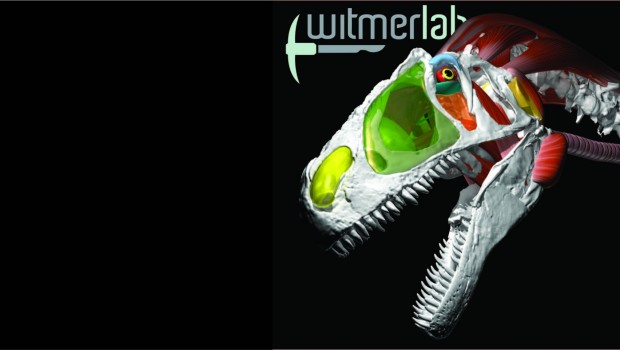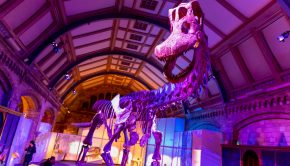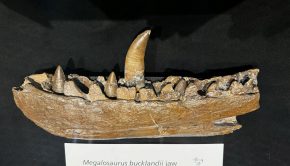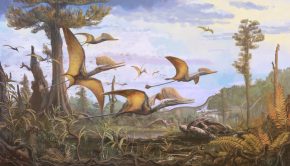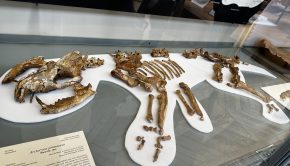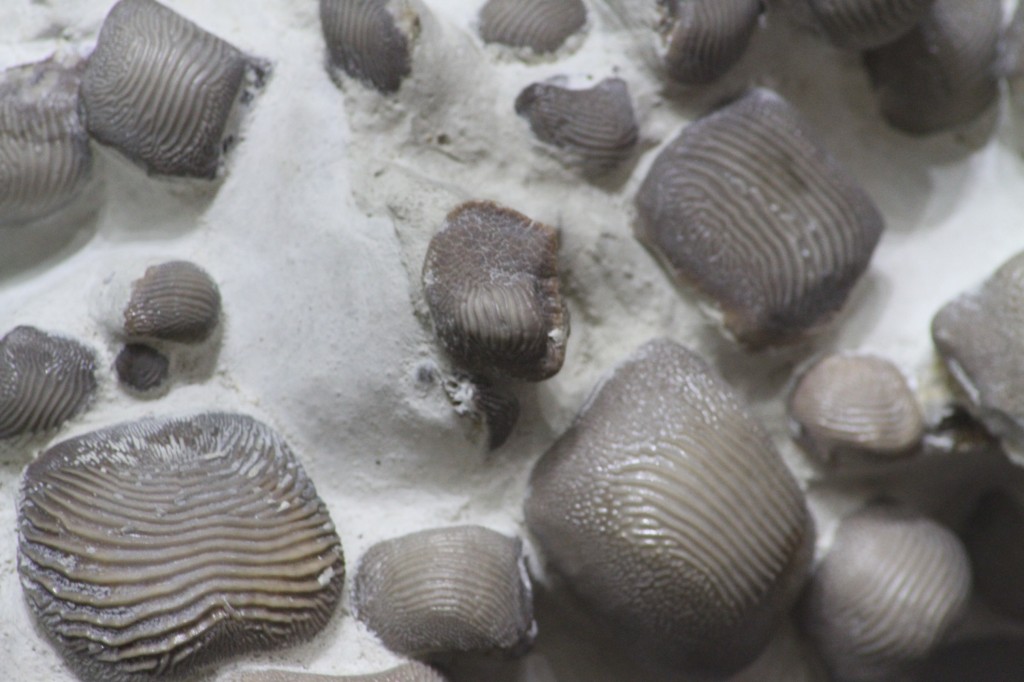Episode 61: WitmerLab
Dr. Larry Witmer’s lab at Ohio University studies the anatomy of modern animals to make interpretations regarding the functional morphology of extinct vertebrates. WitmerLab incorporates anatomical studies with cutting-edge technology, allowing for the reconstructions of soft-tissue structures no longer present in fossils (including respiratory apparatuses, brains, and inner ears). These reconstructions allow Dr. Witmer and his students to study the original physiology, biomechanics, and evolutionary adaptations of creatures long extinct.
For more information on what’s going on right now in the WitmerLab, check out their facebook page.
Podcast: Download (Duration: 31:28 — 43.5MB)
“This model accompanies an article published in the open-access journal PeerJ on 8 December 2015 (https://peerj.com/articles/1475/), describing the skull of the basal ankylosaur Kunbarrasaurus ieversi (formerly Minmi sp.) from the Lower Cretaceous Allaru Mudstone of Queensland, Australia, with an analysis of its brain endocast structure (blue), cranial nerves (yellow), inner ear (peach), nasal passage (green), olfactory chamber (pink), and nasal loop (purple). The article authors are Lucy G. Leahey, Ralph E. Molnar, Kenneth Carpenter, Lawrence M. Witmer, and Steven W. Salisbury. 3D modeling of the skull and internal structures was done by Ryan Ridgely. The background image shows the near complete holotype skeleton (QM F18101); photo © O’Toole & Leahey. See https://skfb.ly/IO9w for an annotated Sketchfab of the skull.”
A moa visualization done by doctoral student Catherine Early for the Visible Interactive Moa, one of eight open-access pages in the Visible Interactive Anatomy series.
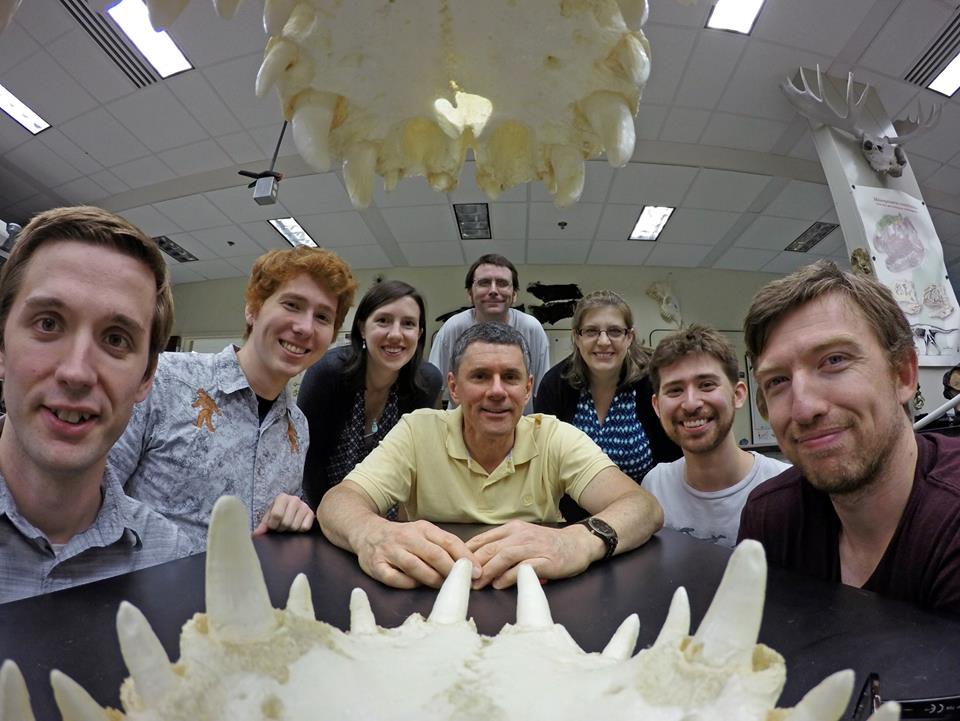
Here’s the WitmerLab team. From left, Ruger Porter, James Nassif, Catherine Early, Ryan Ridgely, Larry Witmer, Ashley Morhardt, Don Cerio, and Jason Bourke.
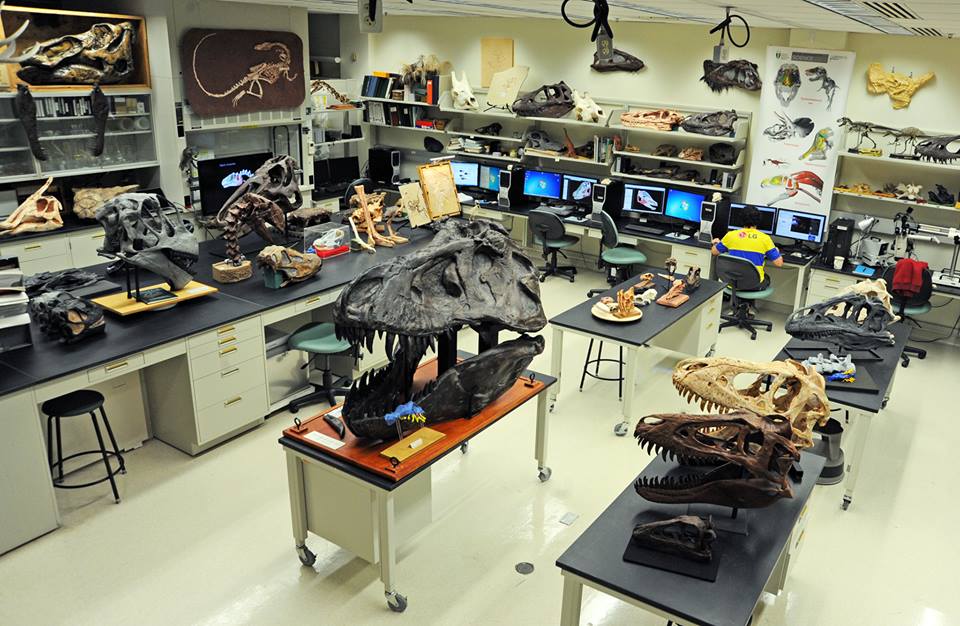
The WitmerLab facility comprises over 2300 square feet of space and is often the venue for outreach programs, such as this one for gifted children.
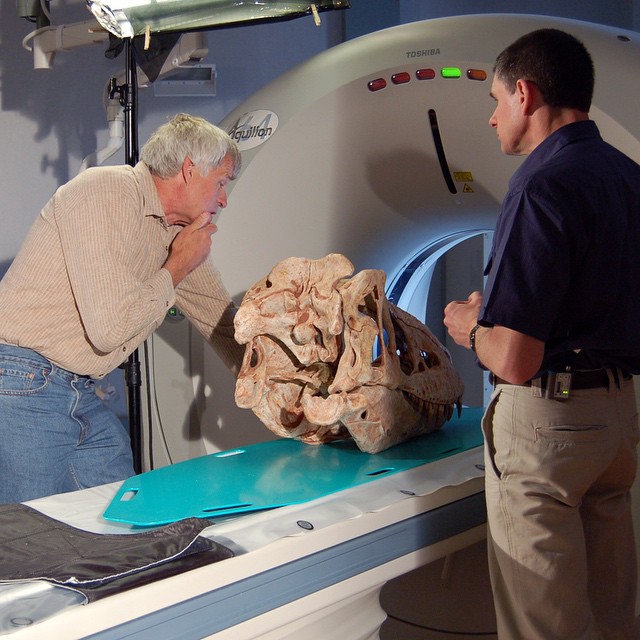
As another avenue of outreach, Larry Witmer has done a lot of television documentaries, such as this one with Phil Currie for the Discovery Channel called “Dino Gangs.”
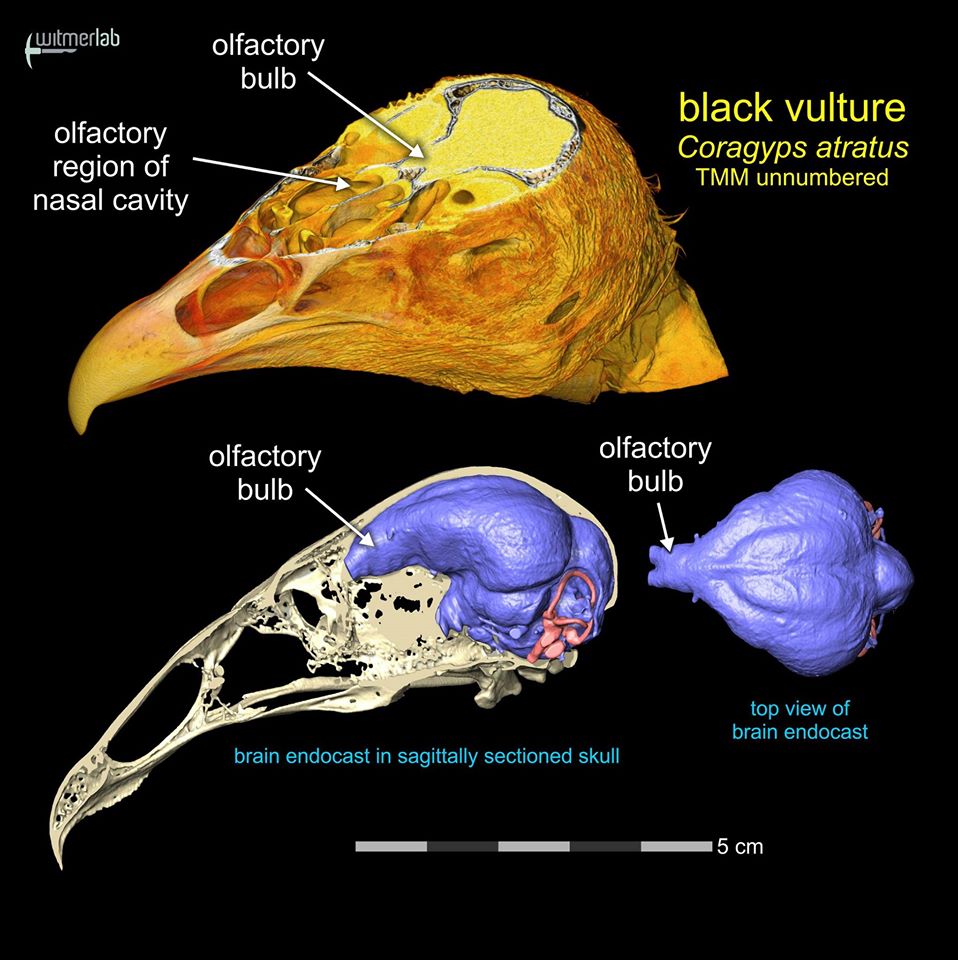
WitmerLab has had a long-term, NSF-funded project on brain evolution in birds and other dinosaurs, drawing heavily on microCT scanning and 3D visualization. This image highlights the olfactory apparatus of vultures.
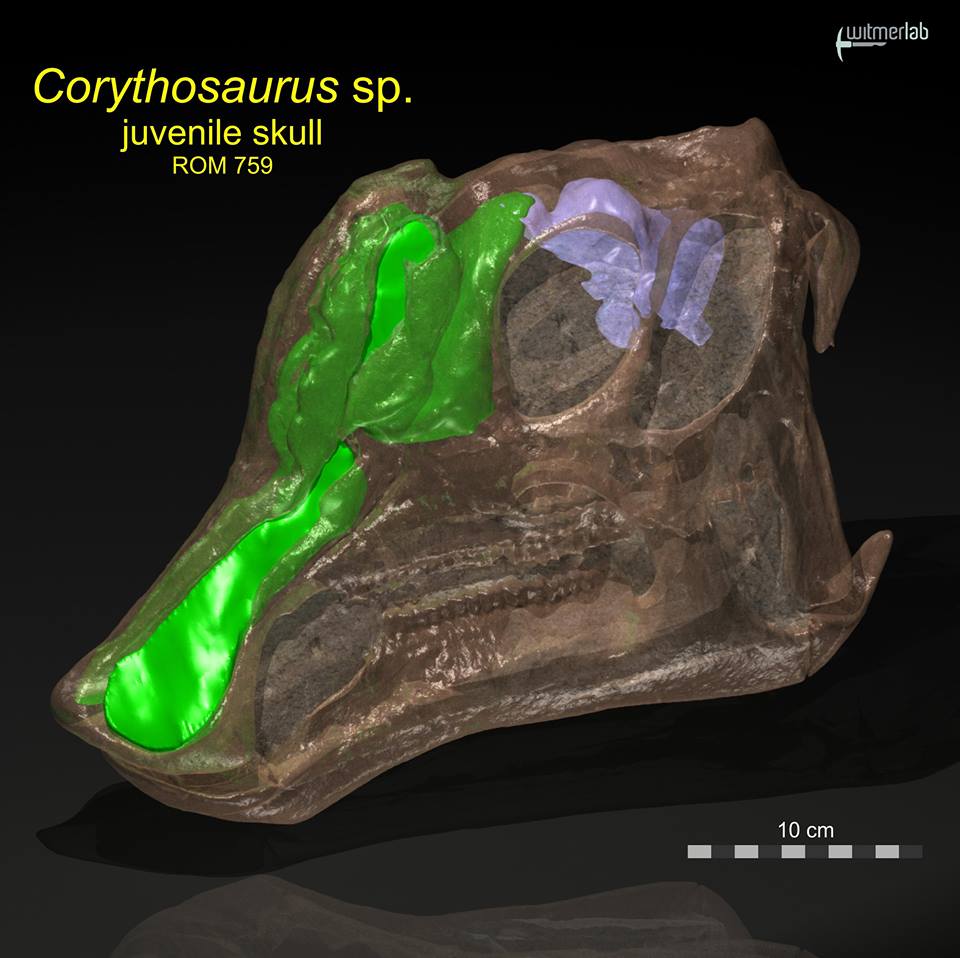
WitmerLab has had a long-term project on the growth and form of the complicated nasal passages in lambeosaurine hadrosaurs, such as this young Corythosaurus (published in 2009). Currently, the team is working on Parasaurolophus.

